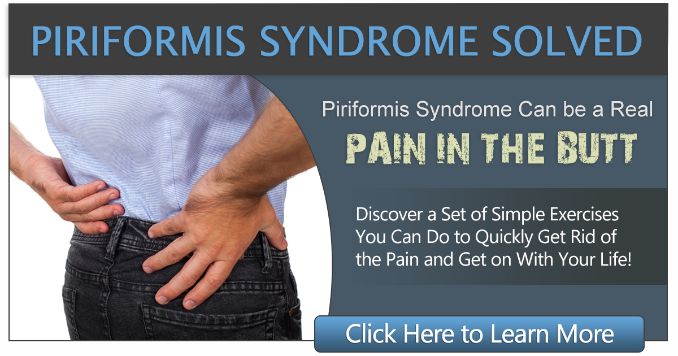Exercises to relieve posterior and piriformis pain are specific physical activities designed to stretch and strengthen the muscles in the lower back, hips, and glutes.
These exercises aim to reduce muscle tension, improve flexibility, and alleviate pressure on the sciatic nerve caused by the piriformis muscle.
1. Targeting Piriformis with a ball
The Piriformis muscle can often be overactive and very tight. If not addressed right away, this can lead to hip tightness and pain, especially in the posterior area.
For this exercise, use any small ball, like a tennis ball, golf ball, baseball or softball.
Begin in an upright sitting position with your feet flat on the floor. Place the ball against your hip joint area.
Move your leg or hip around the ball, focusing on any sore or tight areas in your hip joint. Repeat the movement on the opposite side.
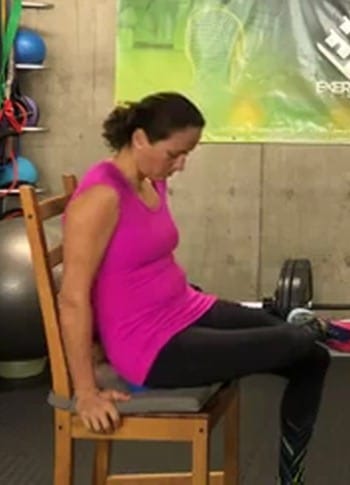
Start off with 1 sets of 5-10 repetitions on each side.
2. Get The Core Stable
Basically, move into a forearm plank position, maintaining good alignment with your head, shoulders, hips, and toes. Engage your core and then hold this position for 5-10 seconds. Relax and then repeat the movement.
To make the exercise more challenging, add some leg kicks while holding the plank position.
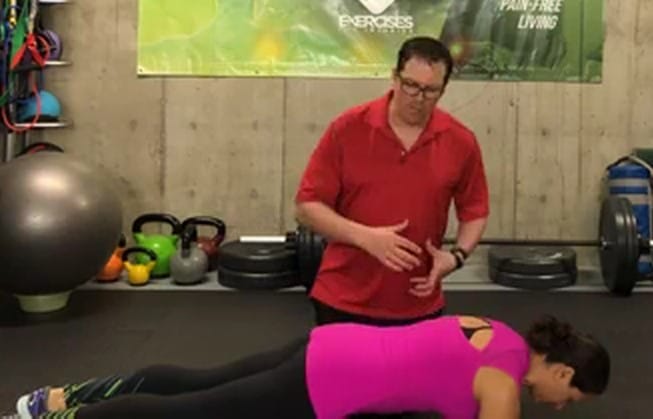
Start off with 1 sets of 5-10 repetitions, ideally holding for 5-10 seconds.
In this exercise, we are strengthening the core. Adding the leg kicks activates the glutes. Strengthening the core helps combat posterior hip pain. Improved stability in the core and then hip area decreases the stress put on the Piriformis muscle or Sacroiliac joint, resulting in less tightness and pain in these areas.
If you are not getting the necessary stability from your abdominal and hip muscles, the Piriformis muscle will tighten up in order to stabilize the surrounding areas.
3. Stabilizing The Hip
Begin in an upright standing position, maintaining good alignment with your head, shoulders and hips. Place all of your weight on one leg and work on balancing your body weight, incorporating exercises to relieve posterior and piriformis pain.
Engage your core, then bend your knee and hinge through your hips to move into a single-leg squat. Raise back up to the starting position and then repeat the movement.
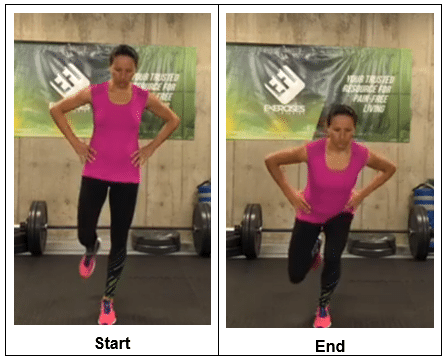
Most activities, like walking, require moving from one leg to another, which means you are frequently supporting your weight on a single leg.
When you have poor stability in the hips, a hip can easily move out of alignment. Ideally, when you are standing on a single leg, like walking or doing a single-leg squat, you want the pelvis to be square to the floor.
This results from having good activation, endurance and strength. If stress is placed on the hip joint, some other muscle or joint has to compensate.
Often, this overworks the Piriformis muscle or the gluteus medius. This is not harmful for a period of time. However, over time this will lead to pain and injury, changing your movement patterns.
4. Fire The Glutes
Basically, begin in an upright standing position with your feet shoulder-width apart. Place your hands on your hips or extend your arms at chest-height.
Engage your core, then bend your knees and hinge through your hips to move into a deep squat. Raise back up to the starting position and then repeat the movement.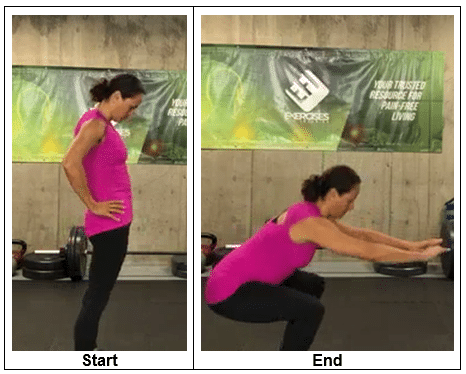
Going through a hip-hinging or deadlift movement will activate the glutes. Having strong glutes will solve a number of problems throughout the body, and can reduce or eliminate pain altogether.
Discover Relief from Piriformis Syndrome Today!
Are you tired of living with the pain and discomfort caused by Piriformis Syndrome? It's time to take control of your health and find lasting relief.
Join thousands who have found their solution with “Piriformis Syndrome Solved“.
Don't let Piriformis Syndrome hold you back any longer. Take the first step towards a pain-free life!
Click the link below to get started and say goodbye to Piriformis Syndrome!
[Get Relief Now]


